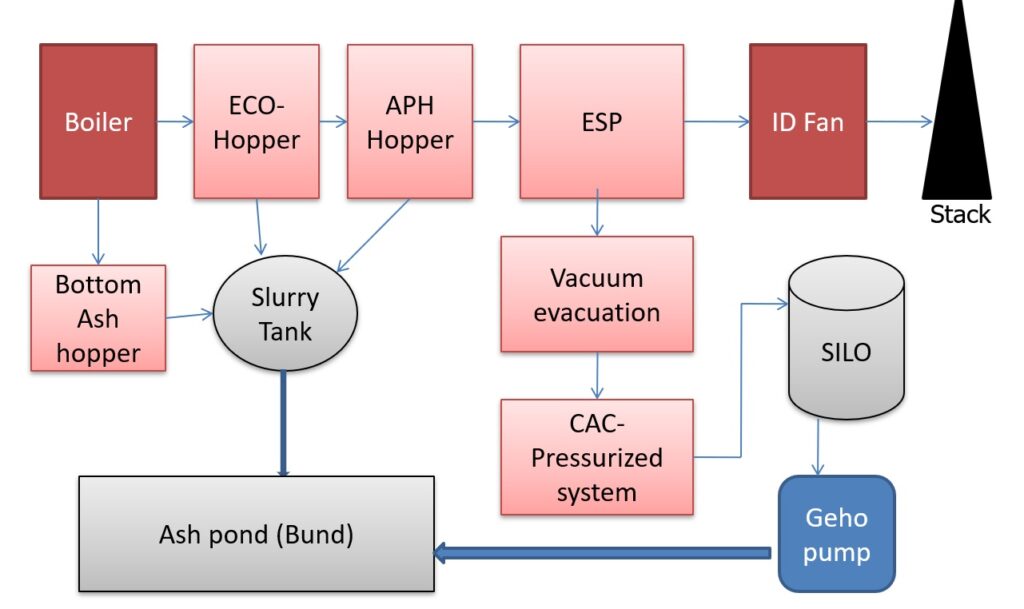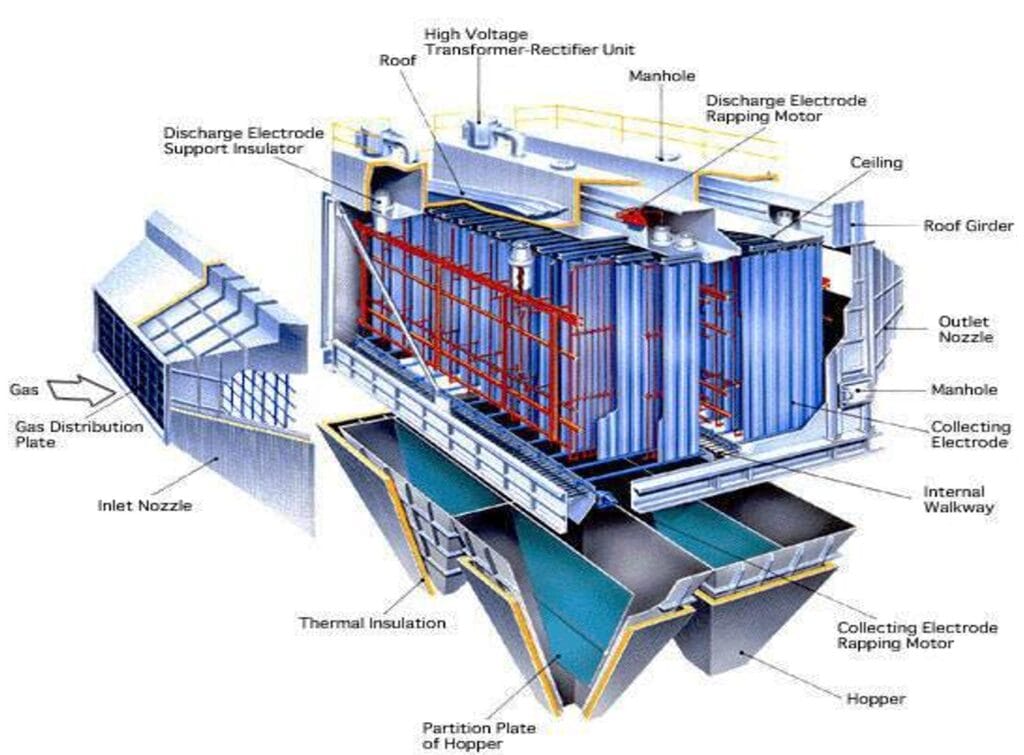Thickness Measurement MCQs with answers: Following Multiple Choice Questions (MCQs) are based on “Thickness Measurement”. It is related to subject Industrial Measurement and Applications. This topic is mostly beneficial in the field of Electronics, Electrical and Mechanical Engineering.
These MCQs will be useful in various competitive examinations, entrance examinations, oral examination (Viva voce), certifications and interviews.
Only non-destructive type (NDT) thickness measurement or thickness gauging is included in these questions.
The device which measures thickness by Ultrasonic waves is known as Ultrasonic Thickness Gauge.
Thickness Measurement MCQs
Que.1 Signal waveform used for thickness measurement is
- Audio waves.
- Ultrasonic waves.
- High frequency waves from 16 KHz to 20KHz.
- None of the above.
✔ View Answer
Option 2: Ultrasonic waves
Que.2 An ultrasonic thickness gauge can measure
- Thickness of pipe
- Inner diameter
- Outer diameter
- All of the above.
✔ View Answer
Option 4: All of the above
Que.3 What is/are the benefit/s of an ultrasonic thickness gauge?
- Accurate.
- Relative low System costs.
- All values measured at the same point.
- All of the above.
✔ View Answer
Option 4: All of the above
Que.4 How do Ultrasonic thickness gauges determine thickness?
- Echo amplitude
- Length of the path traversed by the wave
- Echo frequency
- None of the above
✔ View Answer
Option 2: length of the path traversed by the wave
Explanation:one can calculate the length of the path traversed by the wave using this formula:
lm = c t / 2
Where,
lm is the thickness of the sample
c is the velocity of sound in the given sample
t is the traverse time
The formula features division by two because usually the instrumentation emits and records the ultrasound wave on the same side of the sample using the fact that it is reflected on the boundary of the element. Thus, the time corresponds to traversing the sample twice.
Que.5 Which of the following has the greatest effect on measurement accuracy?
- Material type
- Couplant
- Sound velocity
- Probe impedance
✔ View Answer
Option 3: Sound velocity
Que.6 Parts that are difficult to inspect in ultrasonic thickness measurement if they are
- rough and irregular in shape
- very small or thin
- not homogeneous
- All of the above.
✔ View Answer
Option 4: All of the above
Que.7 The probe frequency should be used to measure plastics of 100 mm _______.
- not more than 0.1 MHz
- not more than 1 MHz
- more than 1 MHz
- more than 10 MHz
✔ View Answer
Option 2: not more than 1 MHz
Que.8 For thickness measurement the probes must provide a
- greater quantity of energy into material.
- resistance to high temperatures physical stresses without damage.
- good grip between both surfaces ensures that the instrument operates at its best and provides a realistic and reliable measurement.
- All of the above.
✔ View Answer
Option 4: All of the above
Que.9 The use of long cables between probe and gauge produce a significant reading error.
- True
- False
✔ View Answer
Option 1: True
Explanation:At 20 MHz, cable reflections will begin to affect waveform shape at lengths beyond about 1 m.
Que.10 Why are double crystal probes used for thickness gauging?
(i) Good for corrosion gauging
(ii) Good for thick wall gauging
(iii) Good for precision gauging
- Only statement (ii) is correct.
- Statement (i) and (ii) are correct.
- All statements are correct.
- Statement (ii) and (iii) are correct.
✔ View Answer
Option 2: Statement (i) and (ii) are correct.
Que.11 Which one is the main cause of error when temperature affects the indicated reading?
- True thickness of material
- Speed of sound
- Electronics drift
- Probe characteristics
✔ View Answer
Option 2: Speed of sound
Que.12 What is the common clock frequency of precision thickness gauges?
- 1 MHz
- 10 MHz
- 100 MHz
- 200 MHz
✔ View Answer
Option 4: 10 MHz
Que.13 Sound attenuation significantly affect the accuracy reading.
- True
- False
✔ View Answer
Option 1: True
Que.14 A liquid coupling medium between the crystal surface and the part surface is necessary in ultrasonic thickness measurement because
- An air interface between the crystal surface and the part surface would almost completely reflect the ultrasonic vibrations.
- It minimizes wear on the material surface.
- The gauge will not work without couplant.
- The liquid is necessary to complete the electrical circuit.
✔ View Answer
Option 1: An air interface between the crystal surface and the part surface would almost completely reflect the ultrasonic vibrations.
Que.15 Full form of EMAT is
- Electromechanical acoustic transducer.
- Electromagnetic acoustic transducer.
- Electromagnetic acoustic transformer.
- Electronics measurement auto thickness.
✔ View Answer
Option 2: Electromagnetic acoustic transducer
Que.16 Generation of ultrasound waves with EMATs is possible in
- Metallic materials.
- Glass.
- Plastic.
- All of the above.
✔ View Answer
Option 1: Metallic materials
Que.17 EMAT applied sound waves are generated within the
- Magnet.
- Coil.
- Material.
- Couplant.
✔ View Answer
Option 3: Material
Explanation:The sound wave is generated less than a wave length under the material surface. The material act as the transducer.
Que.18 Identify the wrong statement about EMAT’s advantages.
- Non-contact method
- Dry inspection
- Inexpensive
- Less sensitive to surface condition
✔ View Answer
Option 3: Inexpensive
Explanation:Usual an EMAT equipment is more expensive than a standard UT equipment.
Advantages of EMAT
1. No couplant is needed: This makes EMAT ideal for inspections at temperatures below the freezing point and above the evaporation point of liquid couplants. It also makes it convenient for situations where couplant handling would be impractical.
2. EMAT is a non-contact method: Although proximity is preferred, a physical contact between the transducer and the specimen under test is not required.
3. Dry Inspection: The EMAT inspection can be performed in a dry environment because no couplant is needed,.
4. Less sensitive to surface condition.
Que.19 Identify the wrong statement about EMAT.
- low efficiency factor.
- not applicable on plastics.
- not applicable on inhomogeneous materials.
- less field ability equipment.
✔ View Answer
Option 2: not applicable on plastics
Explanation:EMAT are applicable only on metals.
Que.20 Lorenz force causes the ultrasound effect in electric conductive materials.
- False
- True
✔ View Answer
Option 2: True
Que.21 What kind of waves EMATs can generate?
- shear waves
- lamb waves (guided waves)
- Rayleigh waves
- all of the above.
✔ View Answer
Option 4: all of the above
Que.22 In what distance under the materials surface the sound is generated?
- less than a wavelength.
- one and half wavelength.
- about 10 wave length.
- some millimeters.
✔ View Answer



Hi electronicsforyou.in owner, Your posts are always well-delivered and engaging.
Hi electronicsforyou.in admin, Your posts are always well-supported by facts and figures.
Dear electronicsforyou.in webmaster, Your posts are always interesting.
http://slkjfdf.net/ – Ovamuek Mfajua phs.stta.electronicsforyou.in.upo.ql http://slkjfdf.net/
http://slkjfdf.net/ – Etikiniv Ojabiqoc vua.ubjj.electronicsforyou.in.shp.lr http://slkjfdf.net/